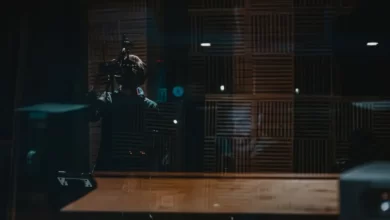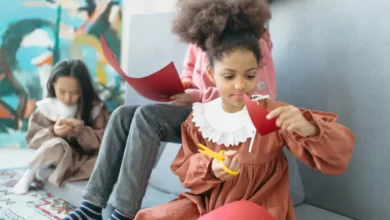In a world brimming with diverse physical activities and hobbies, martial arts stands as a dynamic and captivating option. The appeal of martial arts extends far beyond self-defense, encompassing an exploration into the realms of discipline, culture, and individual development. Within this article, we set forth on a voyage through diverse martial arts styles, delving into their distinctive traits, advantages, and the compelling reasons that make each style deserving of exploration. So, let’s metaphorically don our training attire and immerse ourselves in the captivating universe of martial arts!
The Essence of Martial Arts
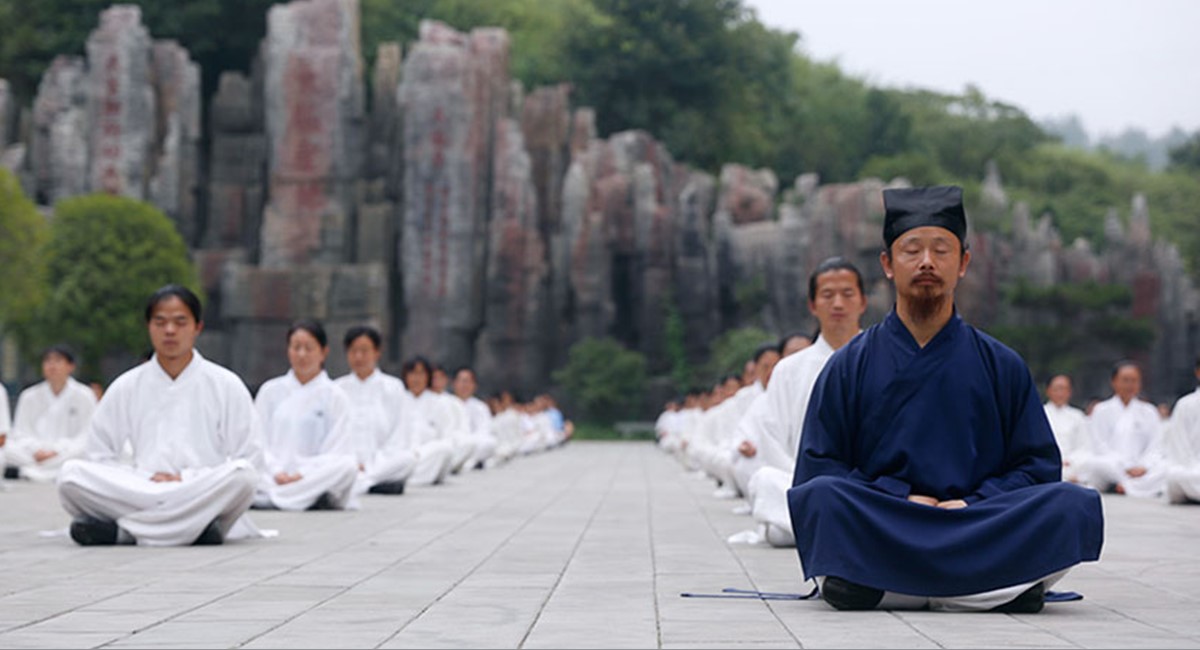
Martial arts, often mistaken solely for combat techniques, are in reality a rich tapestry of history, culture, discipline, and personal development. Beyond the physicality of strikes, throws, and submissions, martial arts encapsulate a philosophy that encompasses the mind, body, and spirit. This essence is what draws countless individuals to embark on the journey of exploring different martial arts styles, seeking not just proficiency in techniques, but a deeper understanding of themselves and the world around them.
1. A Fusion of Mind and Body
At the heart of martial arts lies the unification of the mind and body. This fusion is embodied through rigorous training, where practitioners cultivate mental focus, physical endurance, and emotional resilience. The training environment becomes a laboratory for self-improvement, pushing individuals to transcend their limitations and break through barriers. The process of refining techniques becomes a metaphor for honing one’s character – shaping not just the body’s movements, but also the mind’s responses.
2. Discipline and Self-Control
Martial arts demand unwavering discipline and self-control. The rigorous practice schedules, the repetition of techniques, and the pursuit of mastery require commitment beyond superficial enthusiasm. This discipline extends beyond the training hall, seeping into daily routines and decision-making. The ability to control impulses, emotions, and actions is a skill developed through countless hours of training, translating into a more balanced and composed approach to life’s challenges.
3. Cultural Heritage and Philosophy
Each martial art style carries within it a unique cultural heritage and philosophy. Whether it’s the respect and humility of Judo, the harmony of mind and body in Karate, or the adaptive strategies of Brazilian Jiu-Jitsu, these philosophies are embedded in the techniques and movements. Exploring different martial arts styles becomes a journey through various cultures, allowing practitioners to gain insight into different worldviews and perspectives. This exposure fosters cultural appreciation and empathy, promoting a more interconnected global community.
4. Self-Discovery and Personal Growth
Beyond the physical training, martial arts offer a canvas for self-discovery and personal growth. The challenges faced on the mat – be it mastering a complex technique, enduring fatigue, or overcoming an opponent – mirror the challenges of life. These challenges become opportunities for introspection, self-reflection, and growth. As practitioners confront their fears and limitations, they unearth hidden reservoirs of strength, resilience, and confidence.
5. Community and Camaraderie
Martial arts studios and dojos are more than just places to practice; they are communities of like-minded individuals sharing a common journey. The camaraderie formed within these spaces transcends cultural, social, and generational differences. Bonds forged through sweat, dedication, and mutual support create a sense of belonging that enriches the martial arts experience. This community becomes a support network that extends far beyond the training sessions, fostering friendships and a sense of unity.
Karate: The Way of the Empty Hand
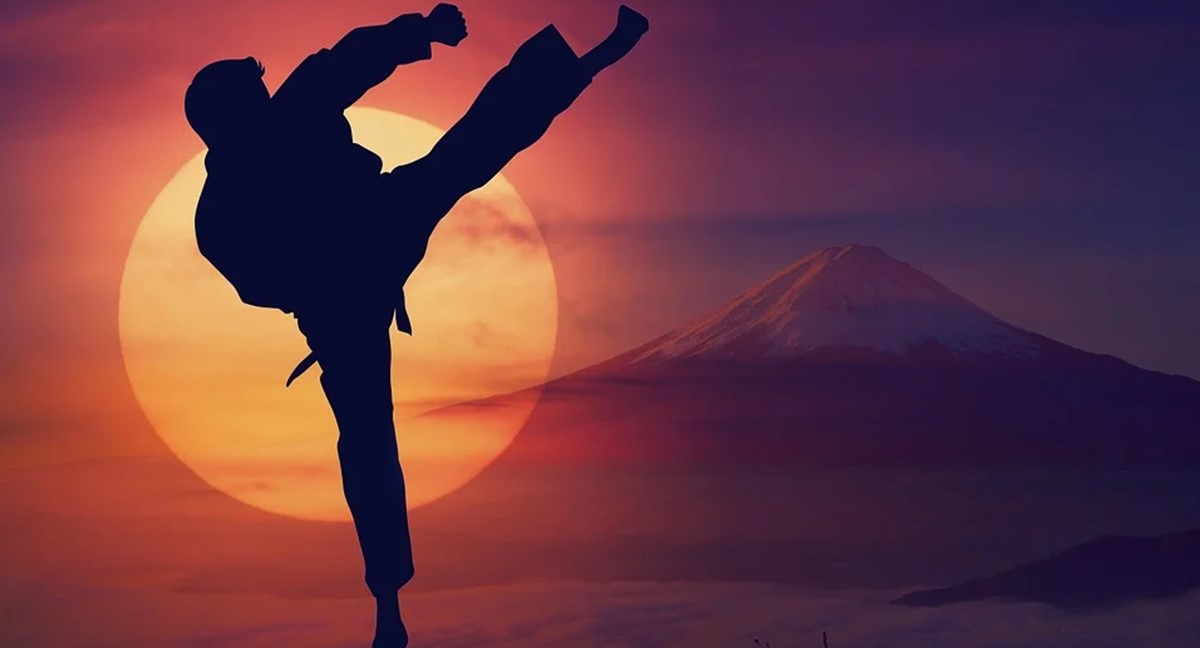
Originating in Okinawa, Japan, Karate is renowned for its striking techniques and emphasis on strong stances. The word “karate” means “empty hand,” signifying its principle of using the body as the ultimate weapon. Practitioners develop precision and focus, while kata (choreographed sequences of movements) serve as a vehicle for mastering technique. Karate instills discipline and patience, promoting the harmony of mind and body.
Taekwondo: The Art of Kicking and Punching
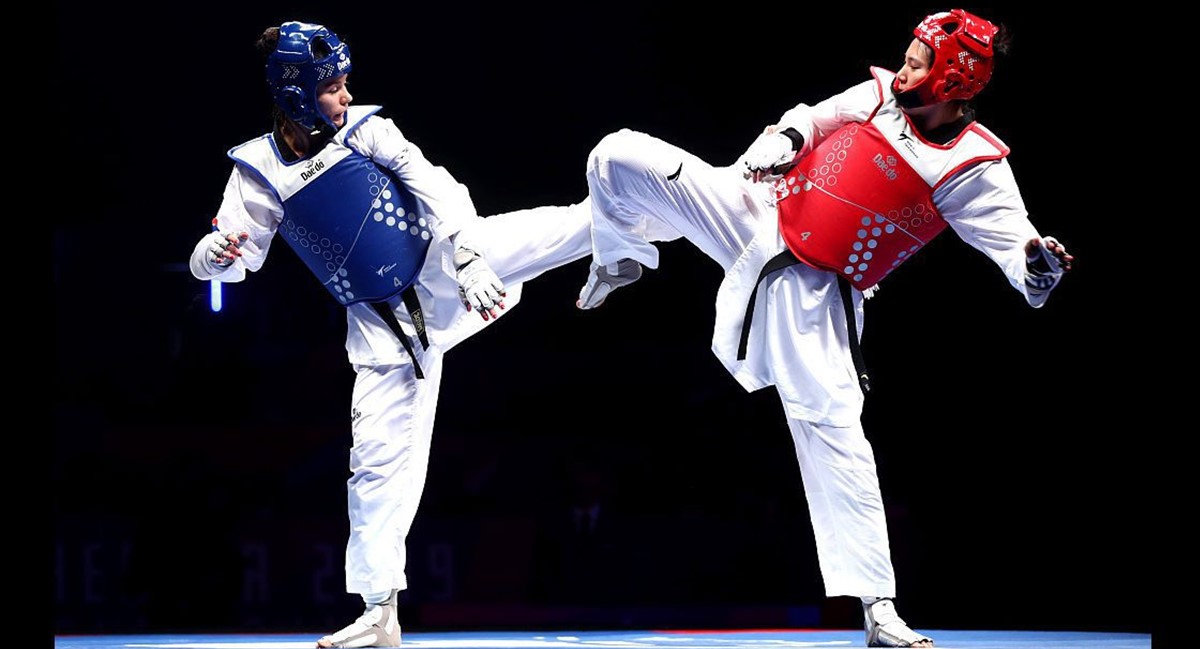
Hailing from Korea, Taekwondo gained global recognition for its spectacular high kicks and lightning-fast footwork. Unlike other styles, Taekwondo places a significant emphasis on kicking techniques, which are executed with precision and power. This art fosters flexibility, balance, and agility while enhancing cardiovascular fitness. Taekwondo isn’t just about physical prowess; it’s a journey towards self-discovery.
Brazilian Jiu-Jitsu: The Grounded Art
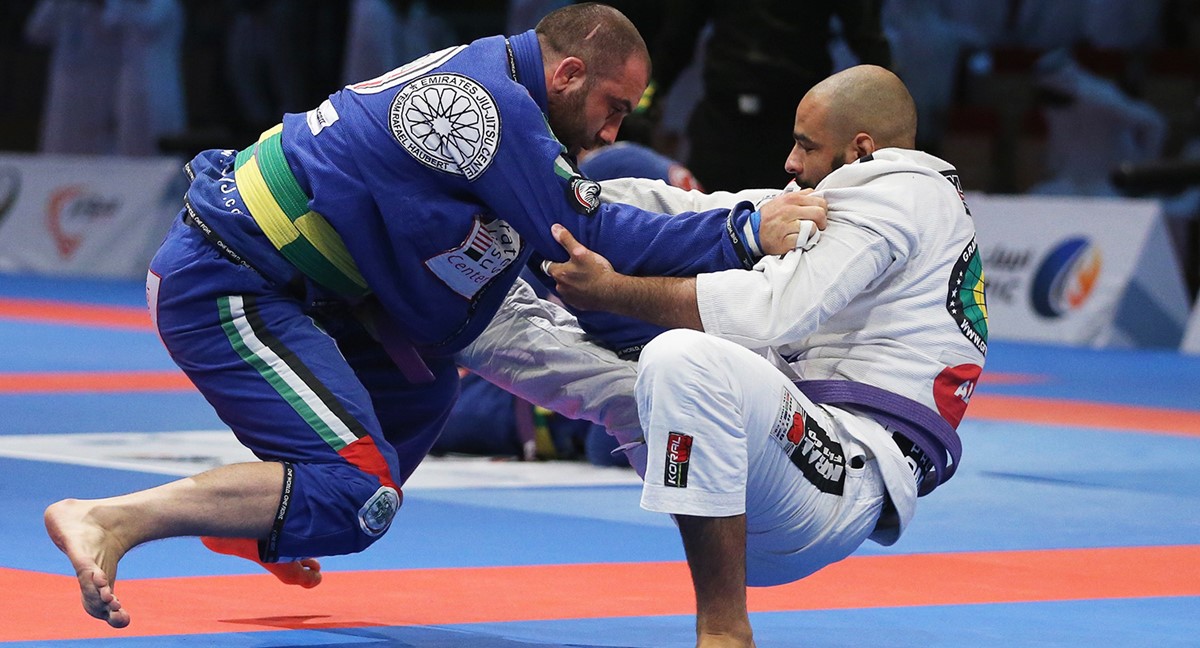
Originating in Brazil, Brazilian Jiu-Jitsu (BJJ) has revolutionized modern martial arts with its focus on ground combat. Unlike striking styles, BJJ primarily centers on submissions and positional control. It’s a cerebral art, requiring strategic thinking and quick problem-solving. BJJ is a fantastic option for those who prefer a mental chess match while getting an incredible full-body workout.
Muay Thai: The Art of Eight Limbs
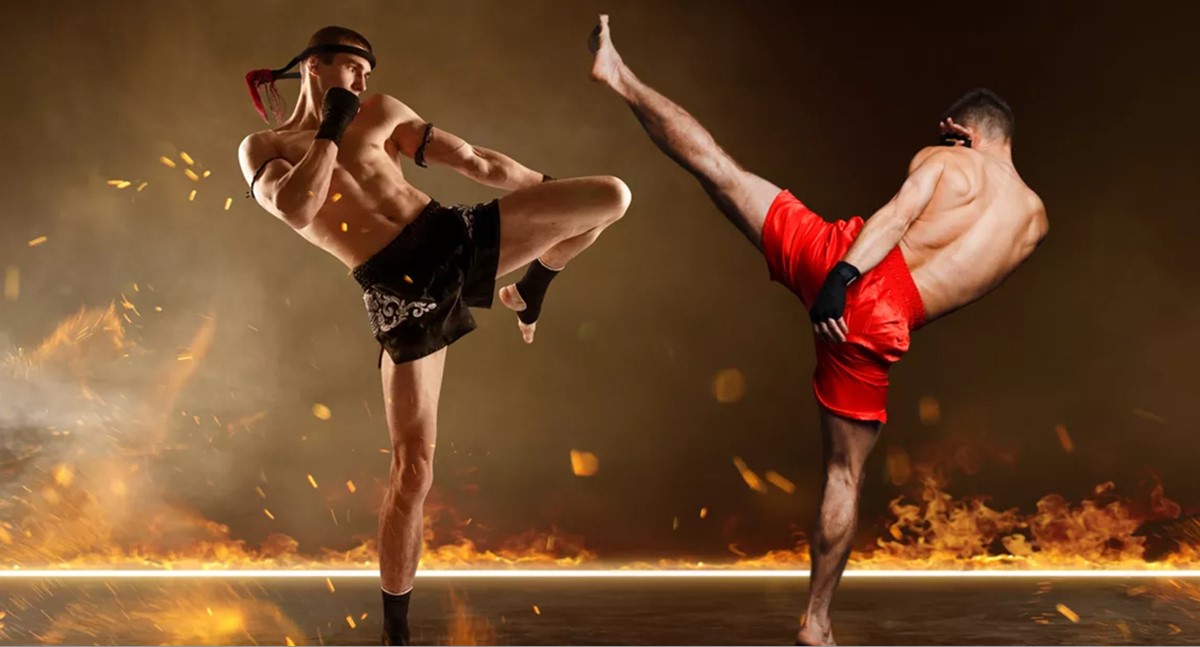
From Thailand comes Muay Thai, a style renowned for its powerful strikes using fists, elbows, knees, and shins. Referred to as the “Art of Eight Limbs,” Muay Thai focuses on both offense and defense, with clinch work setting it apart from other striking arts. Training in Muay Thai builds exceptional cardiovascular endurance and resilience, shaping the body while honing self-confidence.
Judo: The Gentle Way
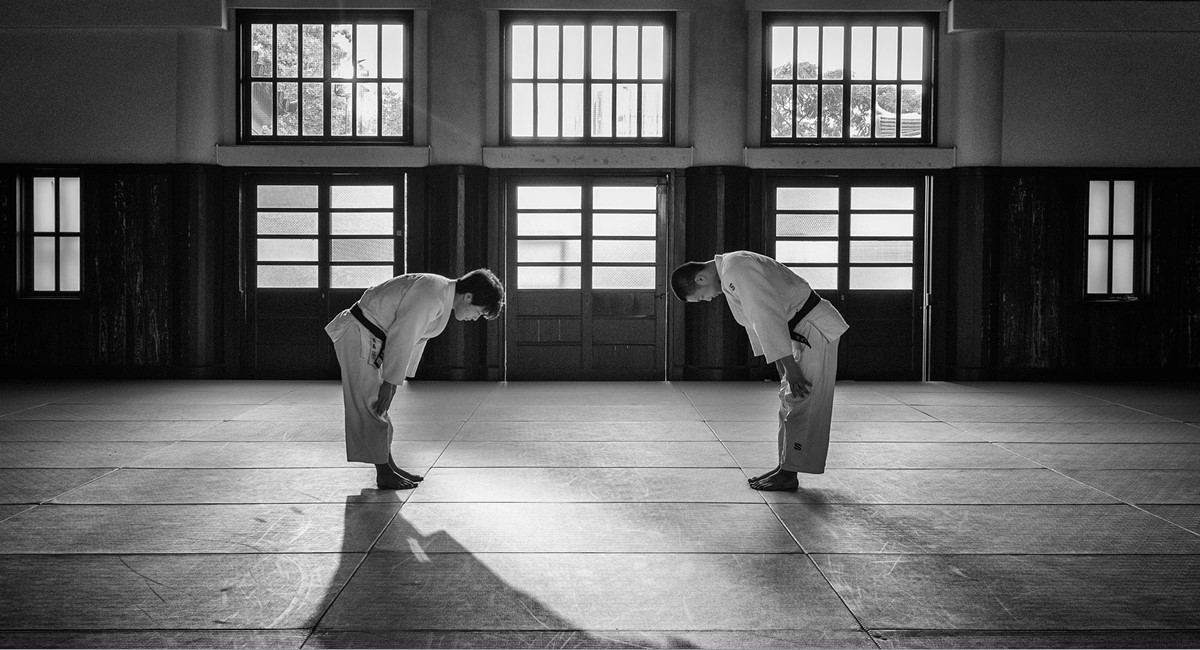
Judo, founded in Japan, is an art that embodies the philosophy of using an opponent’s energy against them. Judo practitioners emphasize throws and grappling techniques, aiming to subdue opponents without causing harm. Beyond the physical benefits, Judo nurtures mental resilience, humility, and respect. It’s a martial art that translates seamlessly into daily life, teaching conflict resolution and adaptability.
Wing Chun: The Art of Simplicity
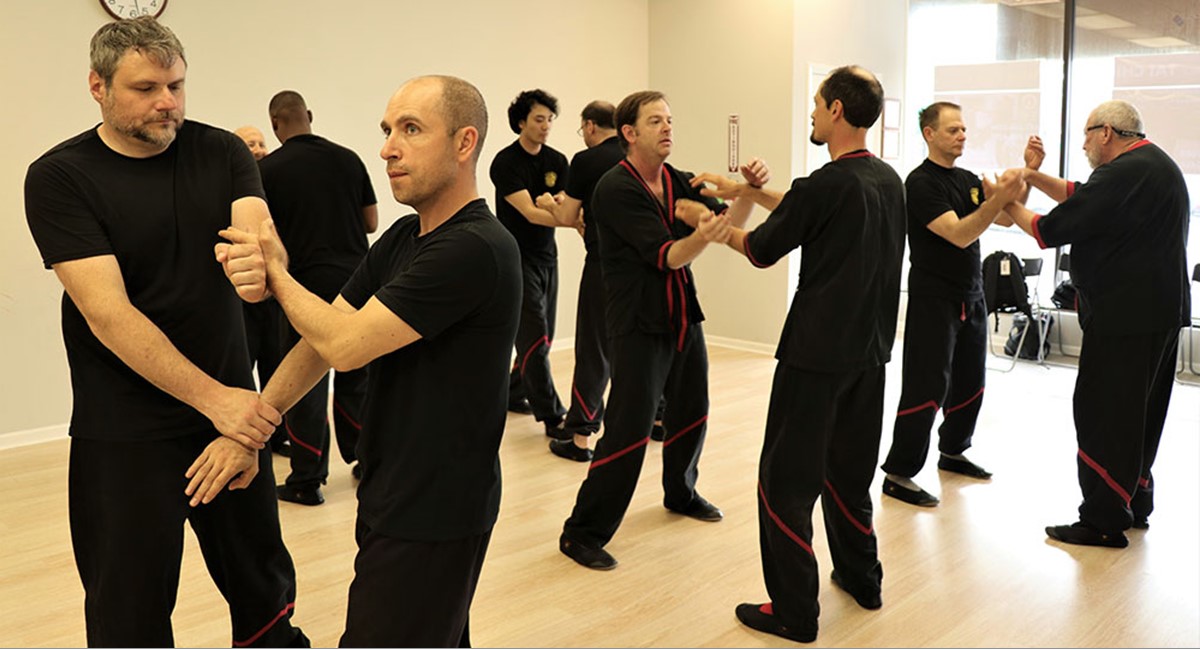
Originating in China, Wing Chun is celebrated for its efficiency and economy of movement. This style’s emphasis on close-quarters combat and simultaneous attack and defense makes it an ideal choice for self-defense in confined spaces. Wing Chun teaches practitioners to use technique over brute force, promoting relaxation and fluidity. Its principles extend beyond the training hall, fostering a balanced lifestyle.
1. Philosophy of Economy in Motion
At the core of Wing Chun is the philosophy of economy in motion. Every movement and technique is designed to be uncomplicated yet effective, eliminating unnecessary flourish. Unlike styles that emphasize brute force, Wing Chun focuses on precise positioning, timing, and redirecting an opponent’s force against them. This emphasis on efficiency echoes the idea that in a world of complexity, simplicity can be the ultimate sophistication.
2. Close-Quarters Combat Excellence
One of the standout features of Wing Chun is its specialization in close-quarters combat. The art excels in confined spaces, making it particularly useful for self-defense scenarios where limited room hinders elaborate movements. Wing Chun’s compact and swift strikes, combined with its emphasis on simultaneous defense and attack, give practitioners a distinct advantage in scenarios where quick and direct responses are essential.
3. Embracing Relaxed Power
Wing Chun’s emphasis on relaxation is counterintuitive to the common perception of martial arts, where strength and tension often prevail. By maintaining a relaxed yet alert state, practitioners can execute techniques swiftly and with precision. This approach not only conserves energy but also enhances fluidity, allowing practitioners to adapt to the ever-changing dynamics of a confrontation.
4. Physical and Mental Harmony
The practice of Wing Chun extends beyond physical techniques. It’s a harmonious blend of mind and body, where mental clarity is as crucial as physical execution. Wing Chun cultivates the ability to stay calm under pressure, fostering mental resilience and strategic thinking. This holistic approach mirrors the broader principle of seeking harmony within oneself and with the external world.
5. Transcending the Training Hall
The lessons learned within the Wing Chun training hall extend far beyond self-defense applications. The art’s emphasis on simplicity encourages practitioners to declutter their minds and lives, focusing on what truly matters. Just as extraneous movements are stripped away in Wing Chun, unnecessary distractions can be eliminated from our daily routines. This can lead to increased focus, improved decision-making, and a more intentional approach to life.
Conclusion
Embarking on a journey through different martial arts styles is akin to exploring a buffet of diverse experiences, each offering its unique flavor. From the precision of Karate to the finesse of Wing Chun, every style invites you to delve into its intricacies, enriching your life physically, mentally, and culturally. Remember, the true essence of martial arts lies not just in mastering the techniques, but in the journey of self-discovery and personal growth.
As we conclude this exploration, we hope you’re inspired to don your training gear and step onto the mat, open to embracing the teachings and wisdom each martial art offers. The martial arts world is as vast as it is profound, waiting for you to become a part of its legacy. So, whether it’s the snap of a high kick, the grace of a throw, or the precision of a submission, the world of martial arts is yours to explore.



